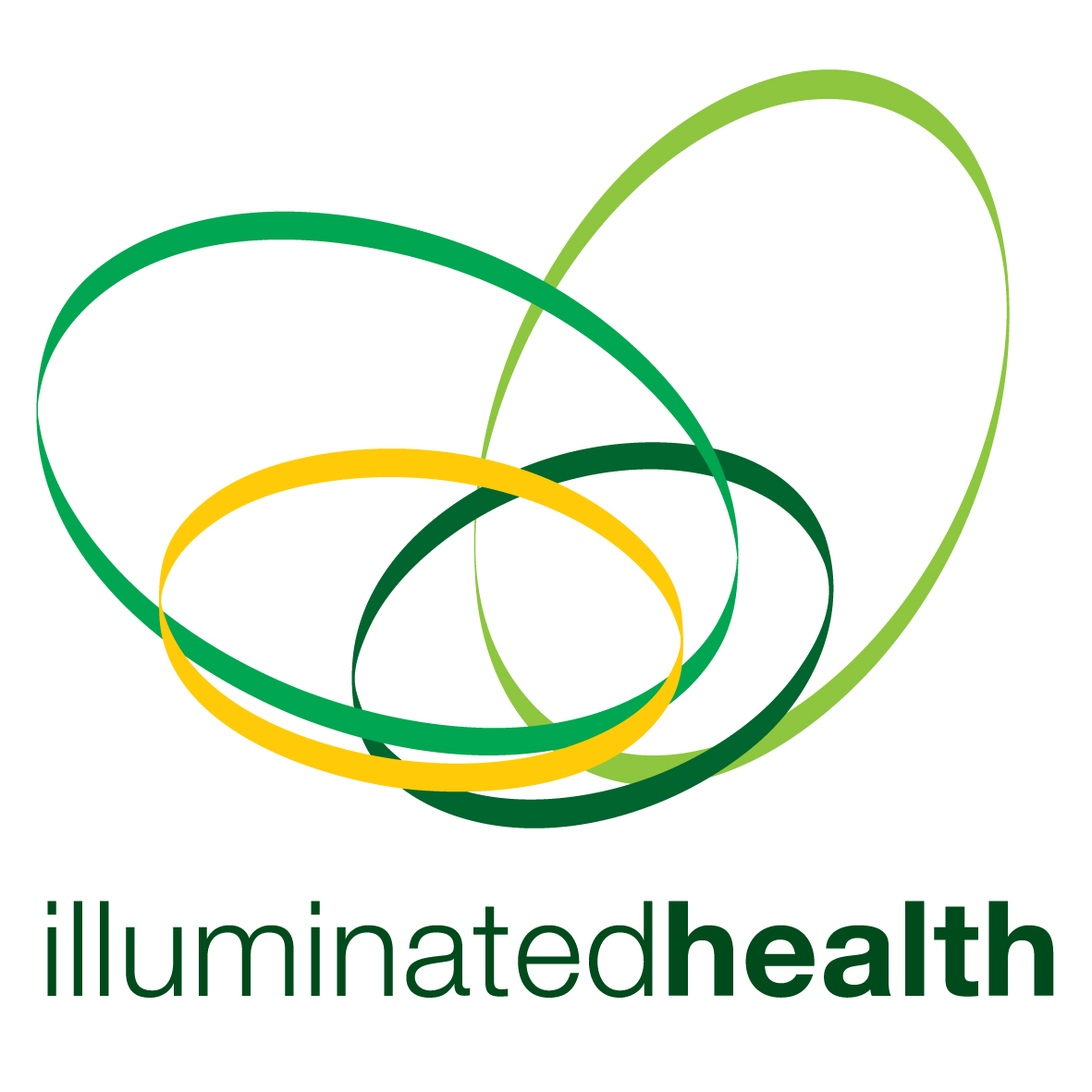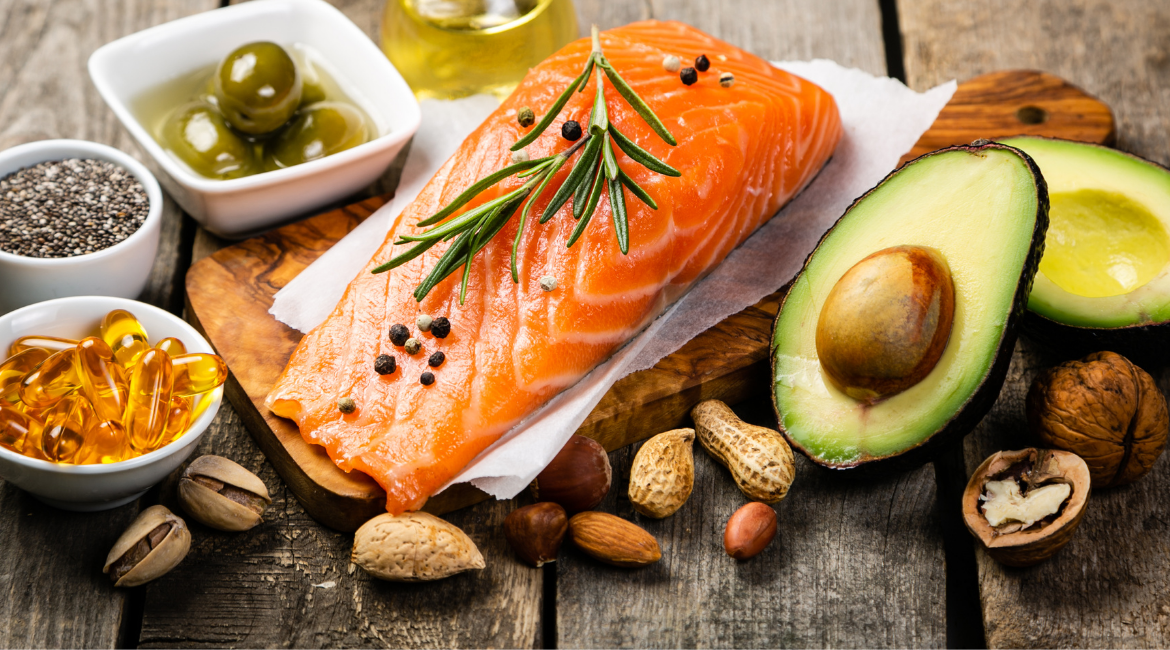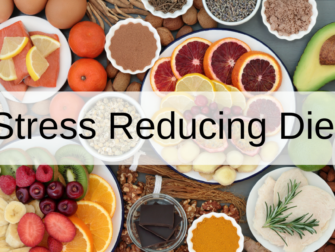There is a lot of “jargon” out there about healthy and unhealthy fats. Furthermore, you hear words such as saturated, monounsaturated, polyunsaturated, unsaturated, etc and so what do they all really mean? And what do they mean for your health? When it comes to nutrition, regardless of your health goals, most people need at least 10% of their diets to be filled with healthy fats.
Healthy fats are very important to consume because fats provide calories and thus providing energy, and fats help protect our cell membranes and other parts of our bodies. Everyone needs all the fats, even some saturated fats in their diets because fats help and support our cells, help with brain function, and even help our immunity and nervous system. Fats are also great for growth, for having healthy hair and skin, and is actually good for the metabolism. Having fats in your diet also means that you can extract more nutrients from your foods, especially since vitamins A, D, E, and K are fat-soluble vitamins. Which basically means that you will get more out of your fruits and vegetables when you have some healthy fats with it.
Fats often do get a bad reputation and that is mainly because consuming too many fats can lead to obesity, heart disease, diabetes, and even cancer. But remember that fats, in moderation, do more good than you may think. But of course, as a general rule of thumb, you want to keep saturated fat to a minimum (and small amounts is good for you) and avoid trans and hydrogenated fats.
Lets start with the hydrogenated and trans fats. Trans fats and hydrogenated oils are essentially the same. Hydrogenation means that a hydrogen molecule is added to the natural unsaturated fatty acid molecules of the vegetable oil to make it more saturated. All foods and oils that contain trans fats, hydrogenated, or partially hydrogenated oils are unnatural fatty acids and are more harmful to cell membranes and their functions than saturated fats are. For example, Margarine is often classified as being “healthier” than butter, but it is not. Margarine is fake and is filled with partially hydrogenated oils that ends up interfering with your body’s ability to actually make use of any healthy fats that you consume.
Then there are saturated fats, which are mainly found in dairy, meats, and eggs, along with some oils. Saturated fats are good to have in small amounts because they support the health of your intestinal cell lining. Naturally occurring saturated fats are healthy for your cells in small amounts because they help also to protect your cells. For example, the myelin sheath that insulates your nerves is almost 80% fat and to maintain your nerves, you need fat.
Next, there are unsaturated fats, which include monounsaturated and polyunsaturated fats, which are good for lowering your LDL (bad) cholesterol and raising or maintaining your HDL (good) cholesterol. Unsaturated fats are mainly found in nuts and seeds, but also in avocadoes and olives.
Lastly, omega 3s are the most commonly heard of when it comes to fat because they are an essential fatty acid, which means that you body needs it and can only get it through the foods you eat. Omega 3s are knows to reduce your chances of developing heart disease and it also helps our immune systems and is excellent for hair, skin, and joint health. Omega 3s are found in highest quantity in cold-water fish, flaxseeds, and walnuts.
So, how do you know when you should eat low-fat versus full fat and how to balance your fat consumption? Well, that’s a topic for next time. For now, just realise that it is important to have fat as a part of your diet and to stay clear of hydrogenated fats and trans fats. And next time you go grocery shopping, if you are thinking of buying margarine, stop and think about what I said above and reach for the butter instead. And to take it a step further and if you want to be healthier, reach for the olive oil or have a nut butter on your morning toast.
Health and Happiness,
Varsha




[…] source https://illuminatedhealth.com/healthy-and-unhealthy-fats/ […]